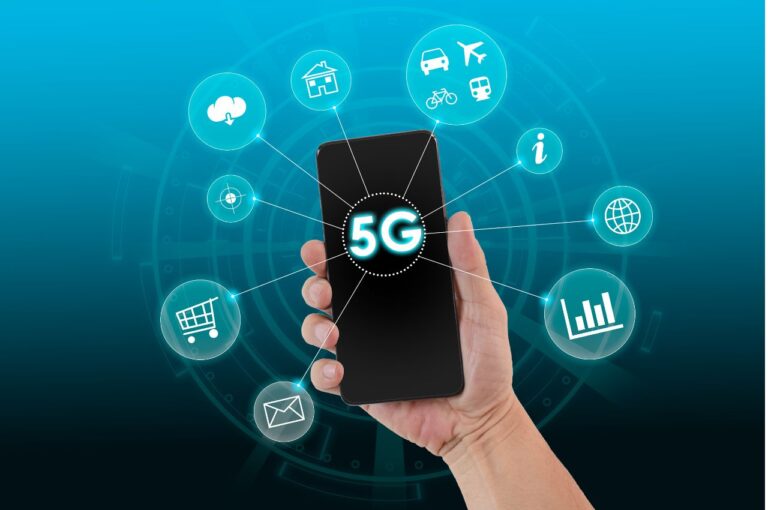Listen to the article
It’s no secret that the digital world is constantly evolving. Technologies and innovations are constantly emerging, and we are left wondering how to keep up with them all. Two emerging technologies that are stirring a lot of conversation are the Metaverse and Web3. These technologies are not mainstream yet, but people are exploring them as they seek to improve their digital experience.
In today’s article, we will explore the definition of the Metaverse and Web3, and how they will improve your digital world.
Let’s start with the definitions.
Metaverse
The origin of the term “Metaverse” was the 1992 science fiction novel Snow Crash by Neal Stephenson, where people operating with avatars interact in a virtual space that looks like the real world. Hal Koss in his article on Built In defines the metaverse as a network of shared immersive virtual worlds where people can connect with friends, play games, work, and shop. The metaverse will give you a 3D view of the internet through your computer or virtual reality device like the VR headset.
The Metaverse is associated with virtual reality (VR) and augmented reality (AR) technologies, which allow users to immerse themselves in the digital space and engage with digital objects and users in real-time. Users in the metaverse create avatars to represent them in the virtual world. Companies that are shaping the Metaverse are Meta (formerly Facebook), Roblox, Google, and Microsoft, among others.
Web3
Matthew Bartlett defines Web3 or Web 3.0 as the third evolution of web technologies and encompasses decentralized applications that run on blockchain, including non-fungible tokens (NFTs) and cryptocurrencies. An NFT is a digital asset with a unique identifier that exists on a blockchain and cannot be replicated; it can represent art, real estate, or other digital assets.
Ethereum gives some characteristics of Web 3. It is decentralized because ownership is distributed among its builders and users, permissionless because everyone has equal access to participate in it, has native payments because it uses cryptocurrency for spending and sending money online without going through banks or payment processors, and trustless meaning it uses incentives and economic mechanisms instead of relying on trusted third-parties.
As we see from the definitions above, the metaverse is not Web3. Web3 is the third generation of the web while the metaverse is a virtual reality where users interact with digital objects and each other in real-time.
The Blockchain Council notes that the metaverse and Web3 have some similarities. They are both decentralized systems, allow users to own and control their assets, are interoperable with other platforms and networks, provide immersive experiences for users, and are community-driven systems.
How the Metaverse and Web3 Will Improve Your Digital World
1. Decentralization
The metaverse and Web3 are based on the idea of decentralization where power is distributed among the users instead of being held by a central authority controlling the flow of information. Web3 allows for the creation of decentralized social media without the algorithms that control the content users see. You will have more control over your data and privacy and access a wider range of content.
2. A new form of education and entertainment
The metaverse has the potential to create new forms of entertainment that are more immersive and interactive. You can explore events, games, concerts, and interact with others in real-time. You will also find interactive educational experiences that are impossible in the physical world. For example, you can visit a historical site anywhere in the world in 3D. Gartner expects that by 2026 25% of the people will spend at least one hour in the metaverse working, shopping, education, social and entertainment.
3. Potential for innovation
The metaverse and Web3 have the potential to drive innovation in the digital world. They will provide new opportunities for creativity especially in art and technology, and new opportunities for entrepreneurship and innovation. For example, if you are an artist, you can have your artwork as NFTs that can be bought, sold, or traded in an open market. NFTify is providing one such marketplace for digital assets, where one can sell even a tweet.
4. Privacy and security
The metaverse and Web3 can improve privacy and security in the digital world. You will have more control over your data and privacy reducing the risk of data breaches and other security threats. Since the information will be stored in the blockchain, no single company will have control over it. This will create a more trustworthy environment for everyone.
5. New forms of economic exchange
In the metaverse, virtual economies will be possible based on user-generated content and user participation providing new opportunities for entrepreneurship. Web3 achieves new forms of economic exchange through blockchain technology that decentralizes marketplaces and provides new forms of peer-to-peer exchange. Web3 allows for fast and secure transactions without the need for intermediaries such as banks.
Example of a Company Using the Metaverse
Nikeland by Nike
Nikeland is the Nike metaverse space that uses the Roblox platform. People meet to socialize, play games, and engage in various activities. It even has safety features like chat filters and parental controls so the entire family can enjoy the experience. Users can dress their avatars with Nike products. Nikeland had nearly 7 million visitors in the first five months of its launch. Nike engages users in various sports and competitions.
Conclusion
The metaverse and Web3 are emerging technologies and many are still trying to understand them. They have the potential to create a better future for all by providing immersive and interactive experiences that will revolutionize how we use the internet. As these technologies evolve and become mainstream, there will be exciting possibilities in the digital world for everyone.
If you would like to know more about emerging technologies, get in touch with us today.



